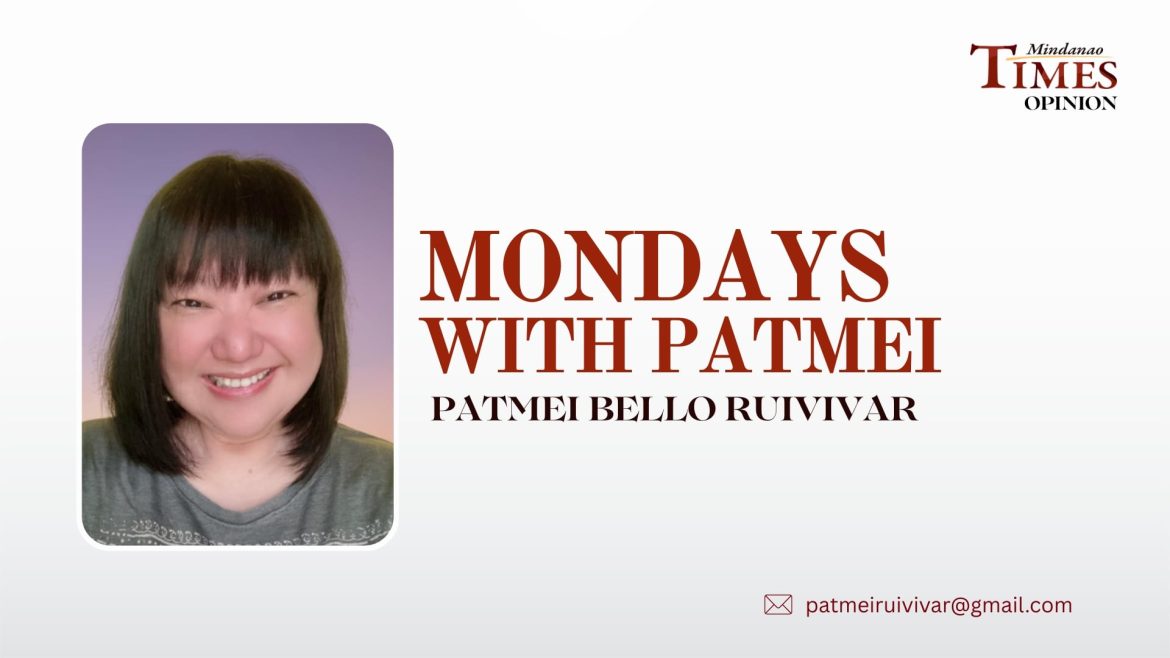WE JUST had a transformative and enriching two weeks participating in a seminar on the protection and development of intangible cultural heritage for ASEAN countries. It was organized by the Central Academy for Culture and Tourism Administration in China.
In our class of 32, there were delegates from five member states of the ASEAN — Cambodia, Laos, Myanmar, Philippines, and Thailand — plus Sri Lanka. The Philippines had three delegates, and all are Trustees of the Davao Historical Society (DHS).
The ASEAN Summit 2025 in Malaysia was happening at the same time we were having our semina,r so we believe we were also having our own people-to-people cultural summit.
While our countries’ leaders talked about border tensions between Cambodia and Thailand, our Cambodian and Thai classmates were singing, dancing, and laughing together while on the Lujiang River Night Cruise in Xiamen.
The ongoing civil war in Myanmar may have been discussed in the ASEAN Summit, but our Myanmar classmates chose to highlight instead their UNESCO-inscribed intangible cultural heritage, their traditional New Year Ata Thingyan Festival. It is a festival promoting unity and harmony. The people enjoy pouring water on each other, representing a symbolic cleansing of the old year’s “dirt” and enabling a physical and mental “fresh start.”
And while our Philippine President took a swipe at China during the ASEAN Summit, our Chinese hosts remained warm and hospitable toward us. They fully understand that international relations is complex, especially between governments.
People-to-people interactions create organic cultural understanding that official channels sometimes lack. When citizens connect directly, they build genuine relationships that are not constrained by formal diplomatic protocols. And these personal connections often survive political fluctuations between governments.
Government diplomacy has its own strengths in handling official matters, but grassroots exchanges can achieve unique outcomes. They allow for more flexible communication and can address sensitive topics in ways that formal negotiations cannot. The informal nature of these interactions often leads to more creative solutions.
Both forms of diplomacy are important and complementary. The most successful international relationships usually combine strong official ties with robust people-to-people connections.
In a world often fractured by political disputes, economic competition, and ideological conflicts, the quest for peace can seem impossible. While treaties and trade agreements lay the necessary groundwork, they often fail to address the human heart.
It is in this space that culture — the rich tapestry of shared stories, arts, traditions, and values — emerges as a profound and indispensable force. Culture acts as an invisible bridge, connecting people across chasms of difference and building a resilient foundation for peace by fostering empathy, enabling dialogue, and creating a shared sense of humanity.
The power of culture lies in its unique ability to promote empathy and dismantle stereotypes. A political speech can inform, but a novel, a film, or a song can transport us.
When we read the poetry of Rumi, we touch the universal yearning for divine love that transcends Persian mysticism. When we watch a Korean drama, we see that the struggles of family, ambition, and love are not confined to our own borders.
These cultural artifacts serve as windows to the souls of others, revealing common hopes and fears. They humanize the “other,” replacing monolithic stereotypes with nuanced, relatable individuals. This emotional connection is the antithesis of the dehumanization that fuels conflict. Because it is very difficult to hate people whose music moves you, whose stories resonate with your own, and whose humor you understand.
Culture also provides a neutral and fertile ground for dialogue where political discourse often fails. When official channels are frozen by tension, cultural exchanges can serve as a vital lifeline. For example, a collaborative music festival featuring artists from rival nations or a culinary exchange celebrating different cuisines are activities that create spaces for interaction that are not defined by negotiation or concession. In these spaces, individuals connect as artists, chefs, students, or simply curious human beings, rather than as representatives of opposing sides.
Thus, “track-two diplomacy” (unofficial diplomacy) builds person-to-person relationships and networks of trust that can withstand political storms. The shared act of creating something beautiful or appreciating a common heritage builds a foundation of mutual respect upon which more formal peacebuilding can later be constructed.
Culture cultivates a powerful sense of shared identity that transcends national, ethnic, or religious divisions. While our political identities often emphasize difference, our cultural identities frequently reveal deep historical connections. Our culinary traditions tell a story of shared geography and exchange that predates modern borders. The mathematical and philosophical advancements of the Islamic Golden Age, preserved and expanded upon by European scholars, are a testament to a common intellectual heritage.
By celebrating these shared roots, we recognize that human civilization is not a collection of isolated monoliths but one intricate mosaic. This perspective counters the narratives of essentialist conflict and cultural purity, reminding us that our fates are intertwined.
Culture has been weaponized as well to fuel nationalism and justify exclusion. Yet, its constructive potential is undeniable. In an era of resurgent divisions, investing in cultural diplomacy like supporting exchange programs, promoting the translation of literature, and protecting cultural heritage is not an extravagance but a strategic imperative for peace.
Culture builds the invisible infrastructure of understanding that makes political peace possible and sustainable. It is the silent language of our shared humanity, reminding us that before we are citizens of any nation, we are all contributors to the grand, ongoing story of humankind. By choosing to listen to that story in all its diverse languages and dialects, we take the most vital step toward building a world with genuine and lasting peace.



